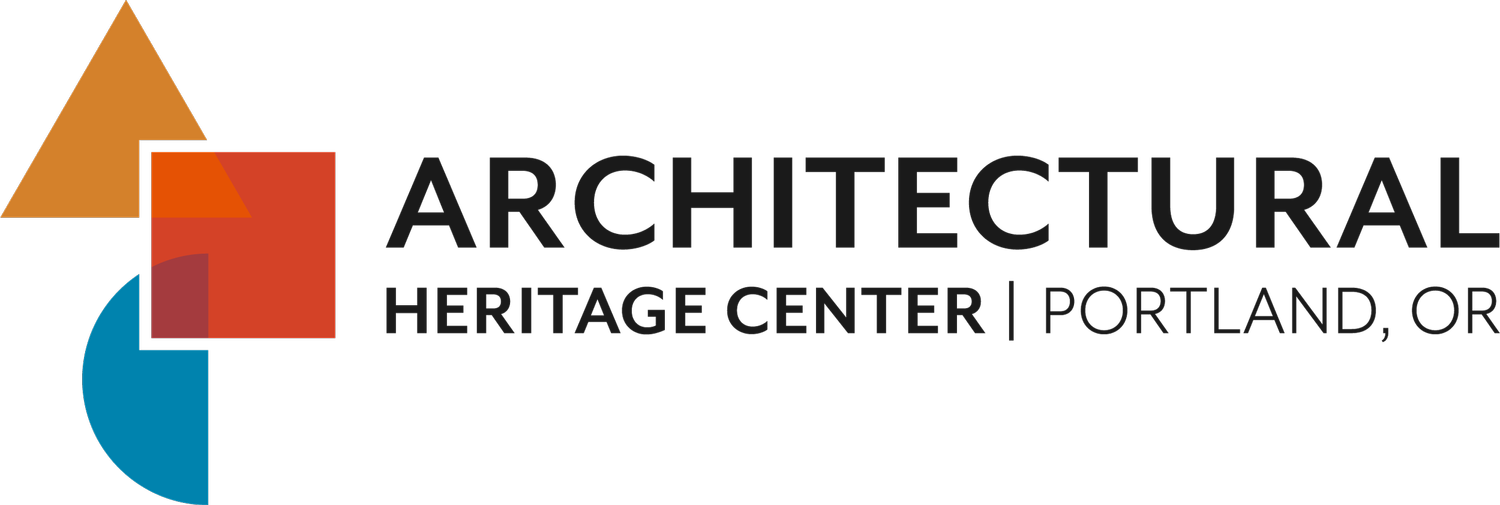2024 ARCHITECTURAL HERITAGE CENTER CANDIDATE SURVEY RESPONSES
Mingus Mapps Candidate for Mayor
LIVABILITY: Stewardship of Portland’s built environment is a key quality of life issue. The preservation and reuse of existing buildings is an important component of sustainable development and helps to maintain strong, livable communities.
Q1
Agree: Preservation of existing buildings is crucial to maintaining Portland’s character and identity. By reusing buildings, we can keep neighborhoods vibrant and connected to their cultural history while minimizing environmental impacts from new construction.
ADAPTIVE REUSE: Do you think the conversion of empty or underused commercial buildings (e.g., offices or warehouses) into new uses can advance two important objectives:
a. alleviate Portland’s affordable housing shortage;
b. help to revitalize the city’s downtown.
Q2
Agree: Converting empty commercial buildings into affordable housing is a smart, sustainable solution to Portland’s housing crisis. Adaptive reuse can also bring new energy to downtown by attracting residents and businesses back into underutilized areas, boosting the local economy.
SUSTAINABILITY & CLIMATE: Building reuse, instead of demolition and replacement, equates to taking thousands of cars off the road (EcoNorthwest Study). Promoting reuse should be an important component of achieving Portland’s sustainability goals.
Q3
Agree: Reusing buildings rather than demolishing them is one of the most effective ways to reduce carbon emissions. Building reuse should be a key strategy in our fight against climate change, aligning with Portland’s sustainability goals.
FINANCIAL INCENTIVES: To make building conversion and reuse economically feasible, many believe we need better financial tools, such as a state rehabilitation tax credit – a tool used by 39 other states. Would you support making that a priority on the City’s legislative agenda?
Q4
Yes: I support advocating for a state rehabilitation tax credit, which would encourage the preservation and reuse of historic buildings, making these projects more financially viable while supporting sustainable development.
DEVELOPMENT IMPACTS: We need more affordable housing. However, proposed zoning changes (e.g.significant increases to building height and scale) can incentivize demolition, displacement, gentrification, and erasure of cultural heritage. How concerned are you about these potential negative consequences?
Q5
Very concerned: While affordable housing is critical, we must be mindful of the impact on existing communities. Zoning changes should be carefully managed to prevent displacement and protect the cultural fabric of our neighborhoods. We need balanced development that includes both new housing and preservation of our city’s history.
PLANNING KNOWLEDGE: How familiar are you with Portland’s Comprehensive Plan, zoning codes, land use regulations, and current policies for historic properties?
Q6
Extremely familiar: I have worked with Portland’s zoning codes and Comprehensive Plan as a City Council member, especially in the context of historic preservation and balancing new development with the city's long-term growth.
INFILL DEVELOPMENT: In Portland’s historic areas, it’s important that new infill construction fit with surrounding context and retain the districts’ unique qualities and identity.
Q7
Agree: I believe new development should respect the character of historic districts. Thoughtful infill can complement existing buildings while still allowing for growth, preserving the neighborhood’s unique identity.
CONSERVATION OF PORTLAND “MAIN STREETS”: Portland’s unique identity is due in large part to its many distinct and diverse neighborhoods and “streetcar-era main streets.” Many were the original main street when these areas were separate cities before being annexed into the larger City of Portland. Recent rezoning, increased height limits and no historic protections make these areas vulnerable to demolition. Would you support the creation of mini-Conservation Districts (typically 1 or more blocks) to help retain these iconic commercial main street centers?
(For Reference: Conservation Districts have greater flexibility than Historic Districts given that they still allow for growth and change but can support more context-sensitive development. New Conservation Districts would have demolition review for contributing resources, objective design standards, and the height limit of the zone).
Q8
Yes: I support creating mini-Conservation Districts as a way to balance development with preservation. This approach ensures we can continue to grow while protecting the unique and historic character of Portland’s commercial centers.
TOURISM: Historic buildings and public spaces are a significant economic asset as a major attraction for tourism. What priority should this be given when planning and setting policy?
Q9
High: Historic buildings are not just cultural treasures but also economic drivers. Preservation of these spaces should be a high priority, as they attract tourism and contribute to Portland’s distinctiveness, benefiting the local economy.
BONUS: Tell us your favorite building, neighborhood, or place in Portland.
Q10
RESPONSE: One of my favorite places in Portland is the Buckman neighborhood, where I live. It’s an area rich in history and diversity, with beautiful homes, great local businesses, and strong community ties that embody Portland’s unique spirit.





